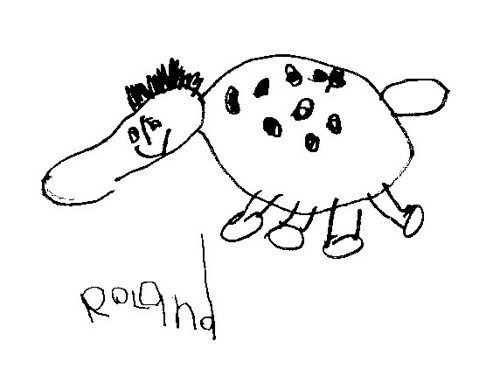Before Book Week, Early Stage 1 and Stage 1 students were investigating the Aboriginal Dreaming story, Why the emu cannot fly. We found many versions of this story, including the picture book, Winin: why the emu cannot fly by Mary Charles & Francine Ngardarb Riches, and translated by Bill McGregor from the original Nyulnyul language. In this version, Emu is in dispute with a brolga.
This first Youtube version involves a crocodile and some Aboriginal hunters:
Talking Country: Worla [Why the emu cannot fly]
The following variation of the tale involves a brush turkey, and was created in claymation by young students at another school (some spelling errors):
Dinewan the emu and Goomble gubbon the brush turkey [Why the emu cannot fly]
This week, the students are studying factual information about emus, using books such as Emus by Caleb Whitehorn, in the Springboardseries, Feathered giants: the way of the emu by Henry G Lamond, and Emu by Claire Saxby & Graham Byrne.
Our research will be enhanced by the following Youtube clips:
Running emu
Emu hatching from an egg – beautiful HD footage from start to finish
And, just for a bit of fun:
Rod Hull and Emu – How to groom an emu [Hudson Brothers’ Razzle Dazzle Show]

